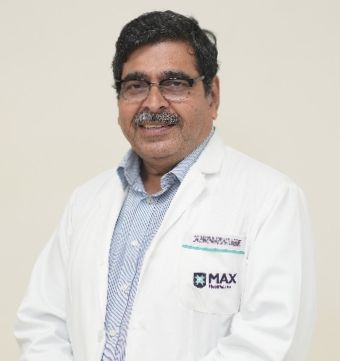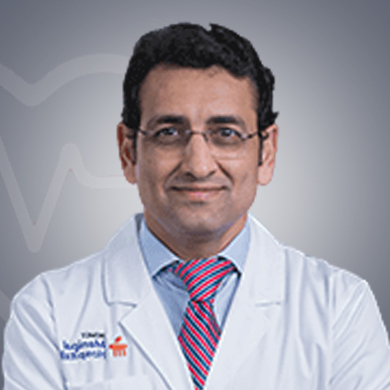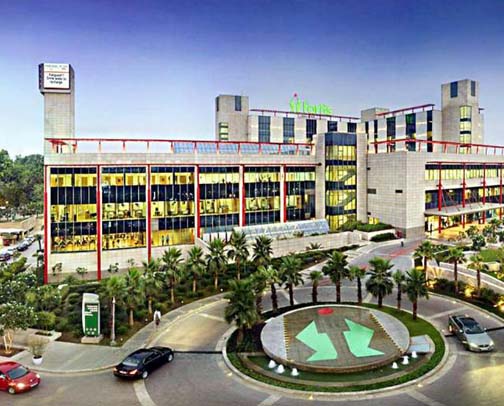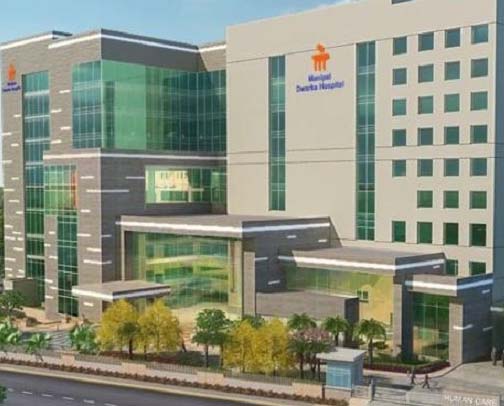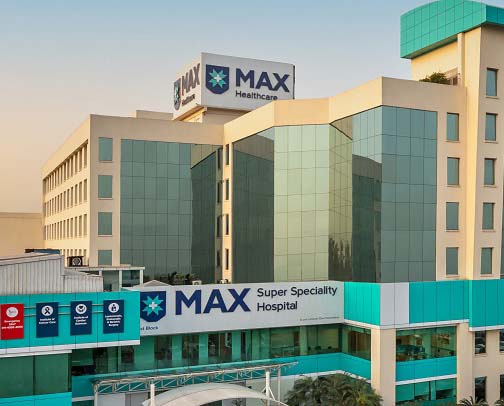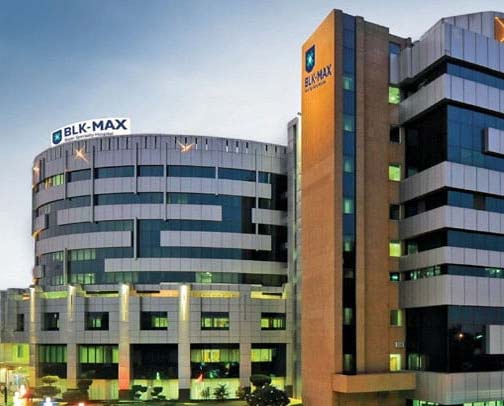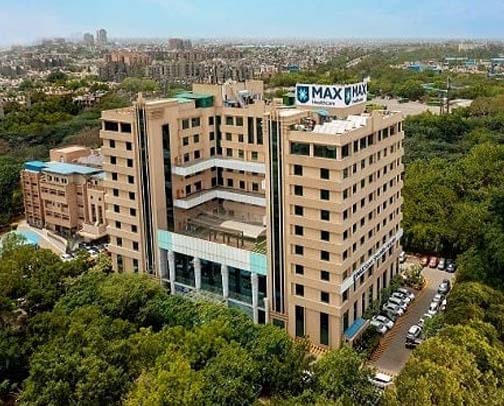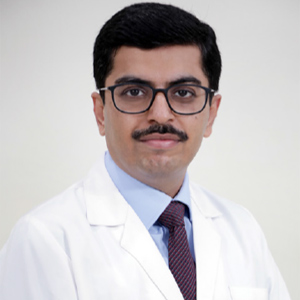Orthopedic - Overview
Orthopedic treatment encompasses a wide range of medical interventions aimed at diagnosing, managing, and treating conditions affecting the musculoskeletal system. This field focuses on addressing various Orthopedic issues, including bone fractures, joint injuries, spinal disorders, sports-related injuries, arthritis, and more. The primary goal of Orthopedic treatment is to alleviate pain, restore mobility, and enhance the overall function and quality of life for patients.
Orthopedic treatment options can vary depending on the specific condition and severity. Non-surgical approaches may involve the use of medication to manage pain and inflammation, physical therapy to improve strength and flexibility, assistive devices like braces or crutches for support, and lifestyle modifications such as weight management and activity modification. In cases where conservative methods are insufficient, surgical interventions may be considered. Orthopedic surgeries can range from minimally invasive procedures, such as arthroscopy, to more extensive interventions like joint replacement or spinal fusion. The choice of treatment is individualised, with Orthopedic specialists working closely with patients to develop a comprehensive treatment plan tailored to their specific needs and circumstances.
In cases where conservative measures are not effective, surgical options may be considered, including joint replacement, arthroscopy, or corrective procedures. Orthopedic specialists work closely with patients to develop personalised treatment plans, considering their unique needs and goals. The goal of Orthopedic treatment is to enhance the patient’s quality of life by addressing musculoskeletal conditions and promoting overall musculoskeletal health.
Orthopedic - Symptoms
Orthopedic conditions can present with a range of symptoms that may vary depending on the specific condition and affected area. Here are a few common symptoms that may indicate the need for Orthopedic treatment:
- Pain
- Swelling and inflammation
- Limited mobility
- Deformities
- Instability
Orthopedic - Pre-Procedure
The pre-procedure process for orthopedic treatment involves:
- Medical evaluation and assessment of your condition.
- Diagnostic tests such as X-rays or MRI scans to aid in diagnosis.
- Discussion of treatment options and their benefits and risks.
- Preparing for surgery, if necessary, including additional tests and instructions.
- Pre-procedure instructions like fasting or medication adjustments.
- Arranging supportive care if needed.
- Addressing any concerns or questions you may have.
Please note that the exact process may vary depending on the specific condition and treatment recommended.
Orthopedic - During Procedure
During Orthopedic treatment procedures, a team of healthcare professionals works together to perform the necessary interventions to address musculoskeletal conditions. The specific procedures will vary depending on the nature and severity of the Orthopedic issue. Here are a few key points about Orthopedic treatment during procedures:
Surgical interventions: Orthopedic surgeries are commonly performed to address conditions such as fractures, joint replacements, ligament repairs, and spinal surgeries. These procedures are typically carried out in an operating room under sterile conditions. Orthopedic surgeons utilise specialised instruments and techniques to perform the necessary repairs or modifications to the affected area.
Anaesthesia: Depending on the procedure, patients may receive general anaesthesia to induce a temporary loss of consciousness or regional anaesthesia to numb specific areas of the body. Anesthesia ensures that patients remain comfortable and pain-free during the procedure.
Monitoring and safety: Throughout the procedure, healthcare professionals closely monitor vital signs, including heart rate, blood pressure, and oxygen levels. They also ensure the patient’s safety and well-being by taking precautions to prevent complications such as infection and maintaining a sterile environment.
Minimally invasive techniques: In recent years, advancements in Orthopedic treatment have led to the development of minimally invasive techniques. These procedures involve smaller incisions and specialised tools, resulting in less tissue damage, reduced scarring, and potentially shorter recovery times.
During Orthopedic treatment procedures, the healthcare team prioritises patient safety, effective pain management, and successful outcomes. They communicate with the patient throughout the process, explaining the procedure and addressing any concerns or questions. Post-procedure, patients are monitored in a recovery area to ensure a smooth transition and initiate appropriate post-operative care.
Orthopedic - Post-Procedure
The post-procedure phase of Orthopedic treatment is crucial for the patient’s recovery and rehabilitation. After Orthopedic procedures, patients are closely monitored to ensure proper healing and to manage any postoperative complications. Pain management strategies are implemented to help alleviate discomfort, and patients may receive medications or other interventions as needed.
The healthcare team provides guidance on post-operative care, including wound care, activity restrictions, and rehabilitation exercises. Physical therapy and rehabilitation programs are often prescribed to aid in restoring mobility, strength, and functionality. Regular follow-up appointments are scheduled to monitor progress, assess healing, and make any necessary adjustments to the treatment plan. The post-procedure phase plays a vital role in optimising outcomes and ensuring the best possible recovery for Orthopedic patients.
During the post-procedure phase of Orthopedic treatment, patient education and support are essential components. Patients are provided with detailed instructions on self-care, including wound care, medication management, and any necessary lifestyle modifications. They are encouraged to actively participate in their recovery by adhering to prescribed rehabilitation exercises and attending follow-up appointments. The healthcare team remains available to address any concerns or questions that may arise during the recovery process. By closely monitoring progress and providing ongoing support, the post-procedure phase aims to facilitate a successful recovery, restore functionality, and improve the patient’s overall quality of life.
Orthopedic - Risk & Complications
Like any medical procedure, Orthopedic treatment carries some risks and potential complications. It’s important to understand and discuss these risks with your healthcare provider before undergoing treatment. Here are a few key points regarding the risks and potential complications associated with Orthopedic treatment:
Infection: Surgical procedures carry a risk of infection. The healthcare team takes precautions to minimise this risk, such as maintaining sterile conditions during surgery and prescribing antibiotics when necessary. However, infections can still occur and may require additional treatment.
Bleeding and blood clots: Orthopedic surgeries can sometimes result in excessive bleeding. Blood clots can also form, which can be dangerous if they travel to other parts of the body. Measures such as compression stockings and blood-thinning medications may be used to reduce the risk of blood clots.
Pain and discomfort: Orthopedic procedures, particularly surgeries, can result in temporary pain and discomfort. Pain management strategies are implemented to help alleviate post-operative pain, and the healthcare team will work closely with the patient to manage their pain effectively.
Nerve or blood vessel damage: During surgery or other procedures, there is a small risk of damage to surrounding nerves or blood vessels. This can lead to numbness, weakness, or other complications. Surgeons take precautions to minimise this risk, but it’s important to be aware of the possibility.
Allergic reactions: Some patients may experience allergic reactions to medications or materials used during Orthopedic treatment. It’s important to inform the healthcare team about any known allergies to ensure proper precautions are taken.
It’s important to note that while these risks exist, Orthopedic treatment is generally safe and effective. The healthcare team will closely monitor patients for any signs of complications and take appropriate measures to manage and treat them if they arise. They will also provide detailed information about the specific risks and potential complications associated with the chosen treatment, allowing patients to make informed decisions about their care.
Orthopedic - Doctors
Orthopedic - Hospitals
Request a CallBack




